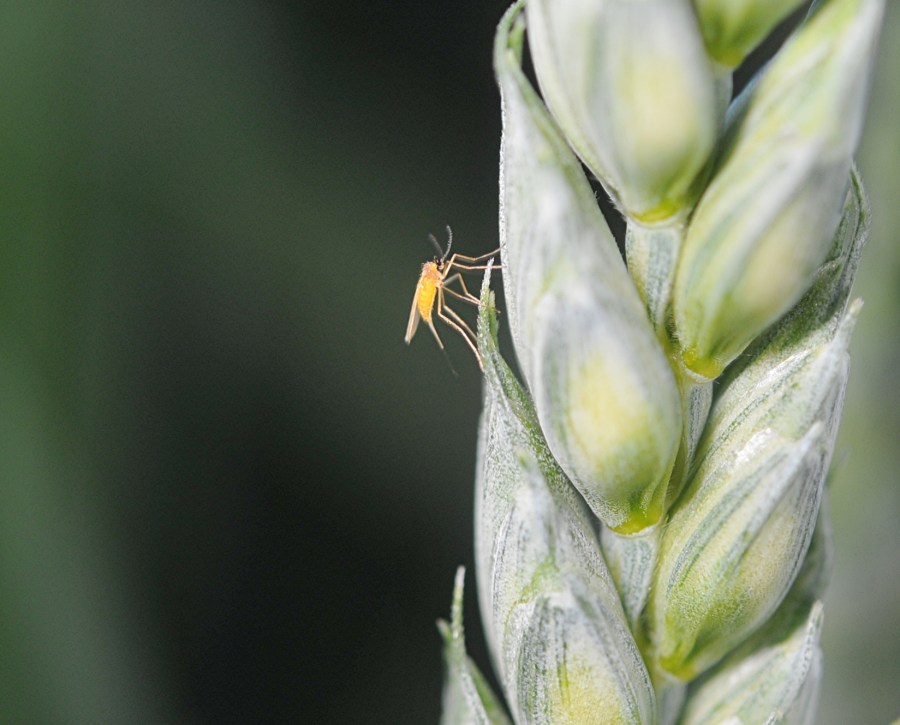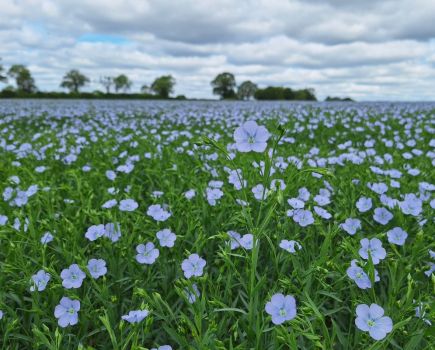Don’t ignore early doors lemon blossom midge, is the message for growers in the south of the country.
Hutchinsons’ Neil Watson explains when it comes to wheat blossom midges, it’s the orange species that often hogs the limelight. “However, we should be more alert to its cousin, the lemon blossom midge,” he says.
“Traditionally associated with cereal crops in the south of the country, in recent years lemon blossom midge has been reported as far north as Cambridgeshire and the Midlands.”
Identifying the pest
Neil says the pest is difficult to spot because between the two species, less is known about lemon blossom midge. “The obvious way to distinguish is colour. Also, the lemon variant appears earlier, over a shorter period as the flag sheath begins to extend, and so are often missed.
“Appearing earlier means they’re not picked up during monitoring because the pest isn’t attracted to the same pheromone traps used for orange blossom midge. Detection is often reliant on actual observations, and by that time, the damage has already been done,” says Neil.
Perfect conditions
He adds that warmer wetter summers are more conducive to the pest. “A period of warm weather in May with soil temperatures above 13°C activates pupation, but flight occurs when air temperatures are above 15°C, so this is the crucial time to monitor for activity.
“As growers select varieties with orange blossom midge resistance, it could be that lemon blossom midge is selected against as it were, and has become more of an issue,” he says.
Varietal support
Although there’s varietal resistance for orange blossom midge – more than 60% of current AHDB Recommended List (RL) wheat varieties are believed to have resistance to the pest, there’s no known resistance to lemon blossom midge.
“While breeders investigate potential resistance sources, even if successful, varieties with such a genetic trait would be several years away from market,” explains Neil.
“Control with pyrethroids is possible, although there’s no product with a label recommendation. However, there’s no reason to believe there should be any differentiation between species in terms of control from products used for orange wheat blossom midge,” concludes Neil.
Image credit: John Oakley AHDB




